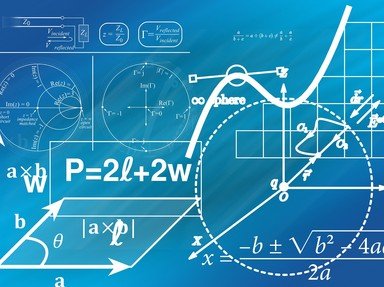Quiz Answer Key and Fun Facts
1. When you make a conclusion based upon a pattern found in a series of examples, what is that called?
2. When you prove a theorem by proving that the opposite of the theorem contradicts known facts, what is that called?
3. Given a theorem in "if A, then B" format, what would the converse be?
(A and B are conditions in the theorem.)
4. What is the format used for a proved theorem with a proved converse?
(A and B are conditions of the theorem.)
5. What form of proof meets these requirements?
-A form of proof for problems involving only natural numbers
-To prove, you must prove it true for n=1
-To prove, you must also prove it true for n=k+1, if n=k is true
6. The rest of the questions are all about certain proofs! YAY!
What theorem is this?
The tangent segments from an external point to a circle are equal in length.
7. What theorem is this?
"Suppose one side of a triangle is extended. Then the exterior angle formed is equal to the sum of the two interior and opposite angles."
8. What theorem is this?
Given a semicircle with diameter AB, the angle APB will be 90 degrees for any point on the semicircle P.
9. What theorem is this?
The line segment joining the midpoints of two sides of a triangle is parallel to the third side and one-half as long as the third side.
10. Hard one!
Let a and d be any two natural numbers with no common factor. Then the infinite arithmetic sequence a, a+d, a+2d, a+3d...contains infinitely many prime numbers.
Source: Author
Mercenary_Elk
This quiz was reviewed by FunTrivia editor
crisw before going online.
Any errors found in FunTrivia content are routinely corrected through our feedback system.

